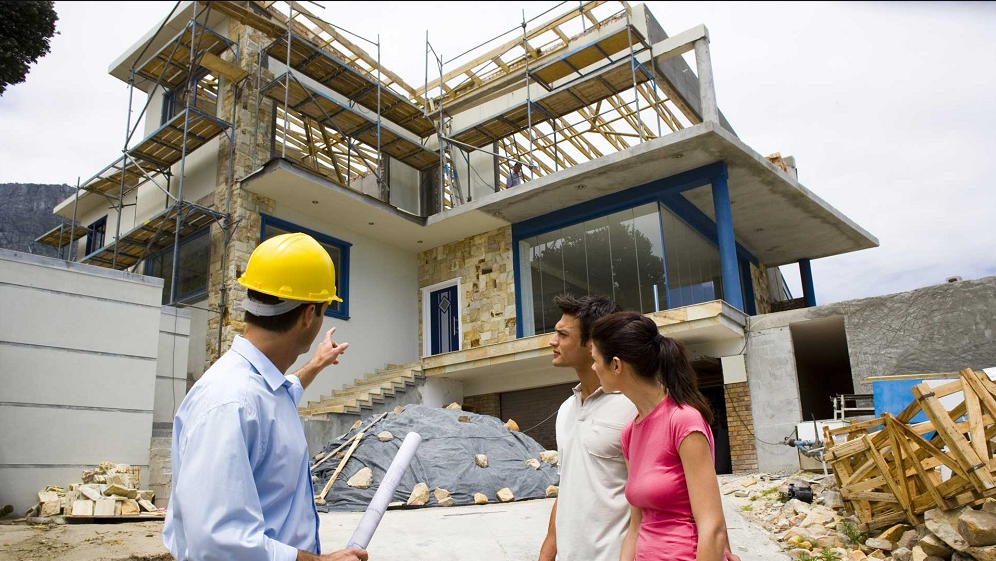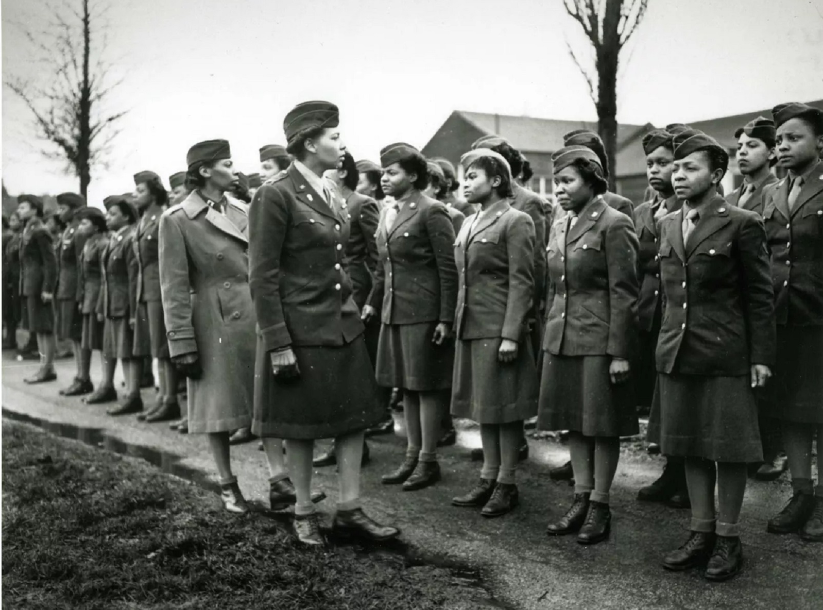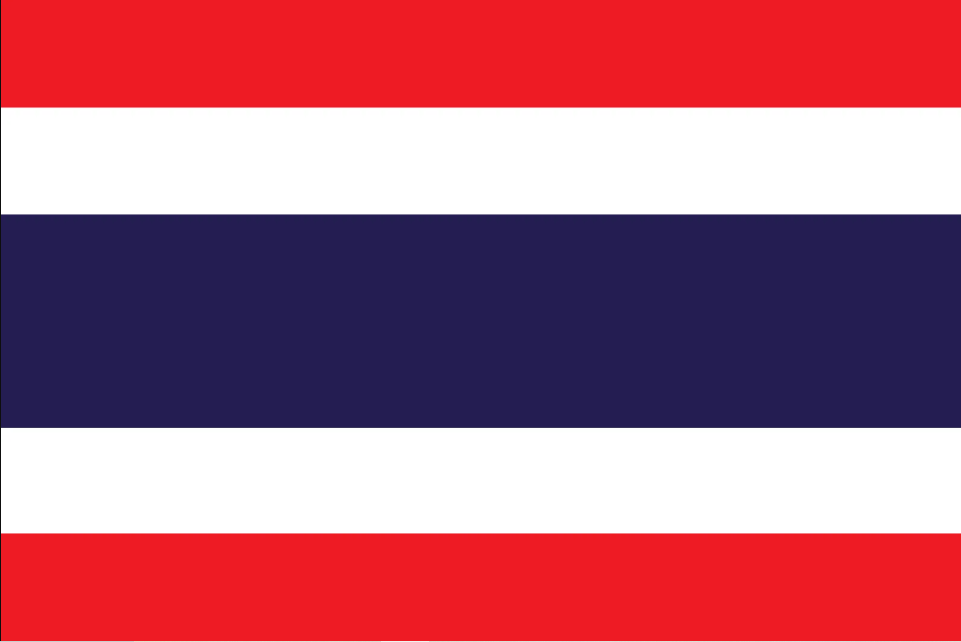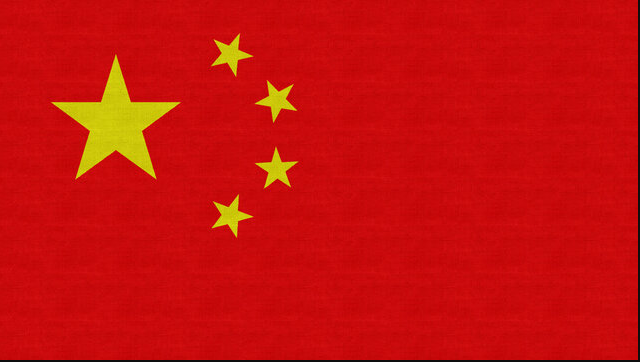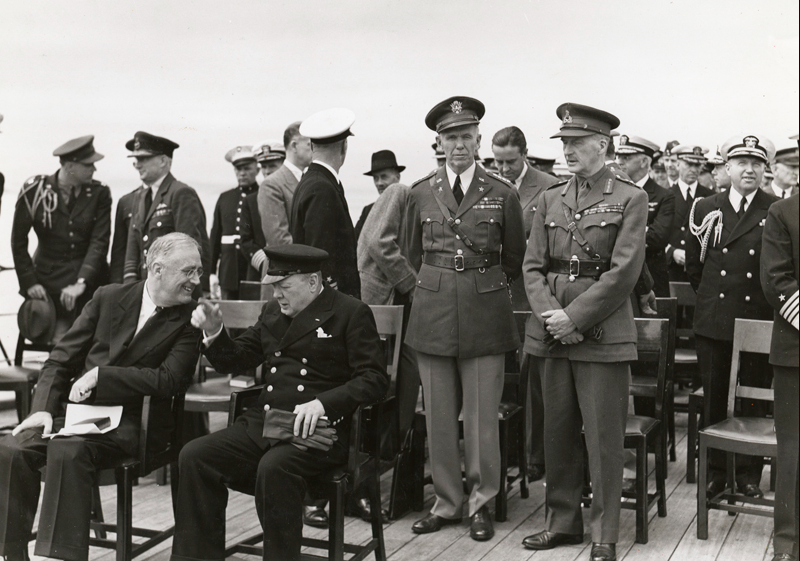Thailand History: From Ancient Kingdoms to a Modern Nation
The kingdom of Thailand is famed for its rich culture as well as lasting traditions that have been passed down from age to age. Countless years have passed since the ancestry of Thailand, from the early prehistoric village to modern constitutional monarchy, has been one of solidity, unity, and growth. The combination of ancient kingdoms, Buddhism, and the fact that Thailand’s location in Southeast Asia has played a crucial part in this historical development.
The First Civilizations and the Rise of Thai Kingdoms
Early human habitation of Thailand dates back to prehistoric times, with evidence of settlements as far back as 40,000 years ago, such as Ban Chiang. And this delicate, thanks to numerous archaeological findings from the region, like the ancient civilization of Dvaravati frequently associated with the Mon people on the plain and derived from Indian culture, was skilled in agriculture, metallurgy, and trade–the via which many cultural diffusionist studies are now built upon.
The first identifiable Thai kingdoms emerged around the 7th century. The region was dominated by the Mon, Khmer and other ethnic groups. The Dvaravati culture, largely identified with the Mon people introduced Theravada Buddhism, which became a significant factor in forming Thai civilization. Around00Angkor Kingdom (the Khmer Empire now present day Cambodia) spread large amounts of cultural assets throughout the region, leaving behind not only temples and palaces for construction projects but the likes of barays (artificial ponds) also. Examples are still visible all around Thailand and Laos today
The Early Kingdoms of Sukhothai and Ayutthaya
Sukhothai, meaning “Dawn of Happiness”, is often regarded as the first real Thai kingdom. Under King Ramkhamhaeng’s, it was politically as well as culturally independent, and developed the Thai script. This period is regarded as a golden age of Thai civilization, with developments in the arts, architecture, and administration.
Until the 14th century declined the Sukhothai Kingdom and gave rise to the Ayutthaya Kingdom in 1351.
Situated in the Chao Phraya River basin, Ayutthaya became a powerful and affluent state, with far-flung trade relations that included China, India and Europe. Its multi-cultural quality was evident in its cosmopolitan king’s court, which drew Sanskrit poets from all over Asia and Europe. Large palaces and temples gave evidence of Ayutthaya’s prosperity and cultural achievement.
For over 400 years, Ayutthaya flourished and became the most important trading center in Asia. In 1767, however, Burmese troops overran the country after a series of wars, and burned down the capital.
Nevertheless after the destruction of a people’s spirit, Thai spirit rose again.
The Establishment of the Rattanakosin Kingdom
When Ayutthaya fell, a new leader emerged. General Taksin established the Kingdom of Thonburi (or Taksin); but in 1782, General Chakri, of Persian descent, succeeded to the throne and founded the Chakri Dynasty that has continued to the present day. With its capital at Bangkok, the dynasty was known as the Ratanakosin kingdom. The first ruler was Rama I, who settled down to re-the kingdom, restoring temples, and rejuvenating Thai culture so that it could once more play a vital role in the Oriental world.
Under the Chakri Dynasty, Siam (now Thailand) modernized in the slipstream of history but was able to maintain its independence. Among its neighboring countries, Siam alone managed in the 19th century to stand clear of Western colonization. This was also the time of major reforms in education, the establishment of a network of roads for the country’s integrity, and a policy on the military. All this was agreed by Kings Mongkut (Rama IV) and Chulalongkorn (Rama V), who negotiated with goodwill towards the Western powers on the one hand, and deft diplomacy to keep Siam out of danger on their own terms.
Modern Thailand: From Absolute Monarchy to Constitutional Monarchy
The Siamese Revolution of 1932 was a bloodless coup that transformed Thailand from an absolute monarchy to a constitutional monarchy. As Rama IX himself described it, this was not just the end of one era; it meant birth for another and thus reflects his deep belief in the legitimacy of this revolution.
In 1939 the name of the country was officially changed from Siam to Thailand, representing its identity as the ” Land of the Free “.
The entire century was marked by instability in Thailand, including military coups and changes of government. Yet the monarchy, especially during the long reign of King Bhumibol Adulyadej or Rama IX, played a stabilizing role in Thai society. Highly venerated and with a reign lasting from 1946 to 2016, King Bhumibol helped steer his country through periods of change and modernization.
Conclusion
Thailand survived through its history, facing countless invaders both foreign and domestic. From ancient city states such as Sukhothai and Ayutthaya, which were part of the Indianized world when it rose in contact with Southeast Asian peoples until modern-day Thailand formed over 900 years ago as a separate entity signed peacefully into existence alongside Vietnam China under great internationalist change produced by India’s new influence upon Asia That step forward still awaits Thailand today; but at least here again were periods where Siam could successfully negotiate between its surroundings and happenings elsewhere on earth.
Thailand’s history is a testimony of its resilience and adaptability. From ancient kingdoms like Sukhothai and Ayutthaya on the one hand, to its modern position as a major nation in Southeast Asia, Thailand has navigated periods of foreign influence, internal strife and global shifts with an unique mixture tradition and innovation. Today Thailand continues to pay homage back towards its own rich history while looking forward in eager anticipation for what tomorrow may bring.
